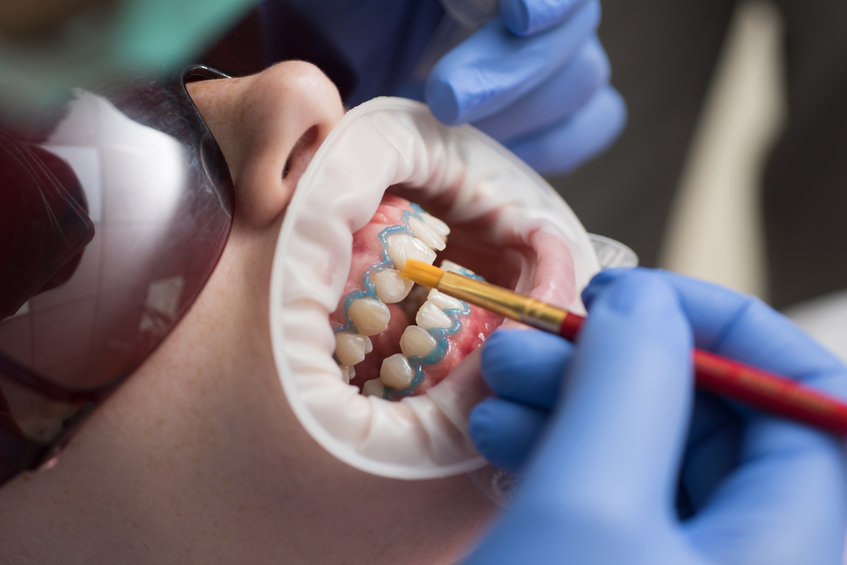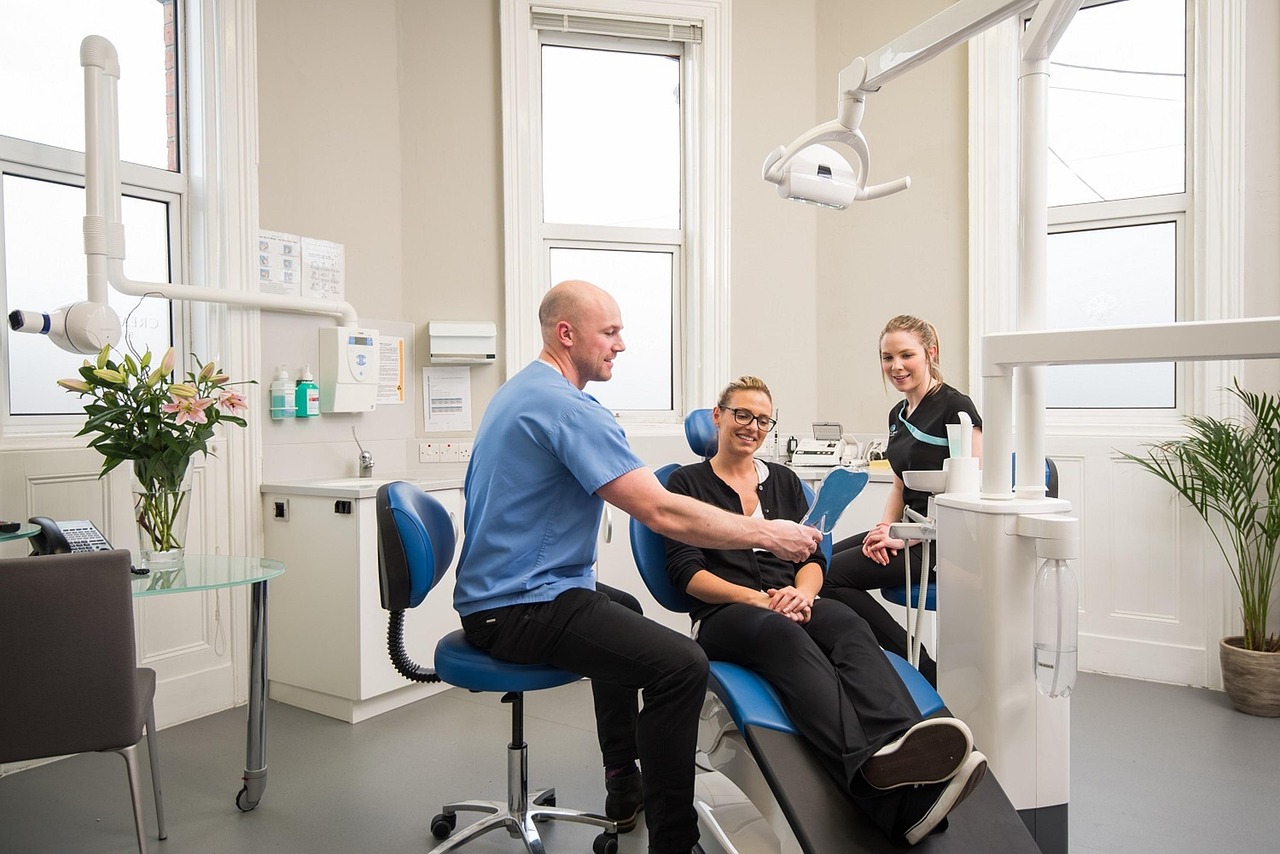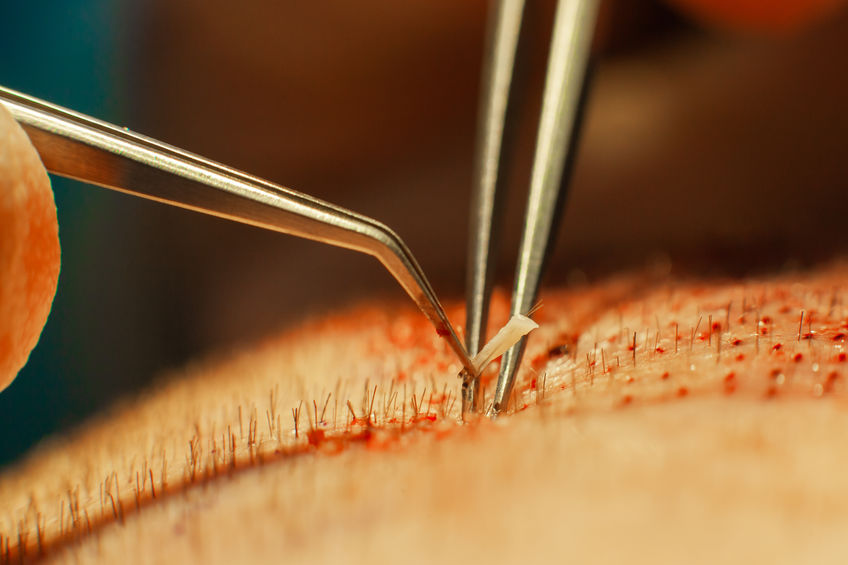To achieve this goal, dental veneers have become a leading solution in cosmetic dentistry. Unfortunately, excellence comes at a price, and that price can be prohibitive in many Western countries.
This financial reality is pushing an increasing number of people to cross borders for medical tourism, and more specifically dental tourism. However, the crucial question remains: how much does it really cost to obtain high-quality dental veneers abroad? Here is a guide offering a complete analysis to shed light on the matter!
What is a dental veneer and what are the different types?
A dental veneer is a major innovation in modern cosmetic dentistry. It is a thin shell of material, custom-shaped and permanently bonded to the visible surface of the tooth. This device aims to hide various imperfections related to:
-
Color
-
Shape
-
Alignment
-
Unattractive gaps between teeth, etc.
Overall, the veneer acts as a permanent corrective mask that instantly transforms the smile and appearance.
There are two main categories of veneers, and the choice directly impacts the cost and durability of the treatment. The first type is ceramic (or porcelain) veneers. These are highly praised for their exceptional resemblance to natural enamel, offering unmatched translucency and stain resistance.
These veneers require precise laboratory work and are considered the premium and most durable solution, with a lifespan exceeding fifteen years.
Additionally, there are composite resin veneers. More financially affordable, they are applied directly by the dentist, who sculpts the resin on the tooth, often in a single session.
Although faster and cheaper, they are less resistant to wear, stain more easily over time, and have a shorter lifespan—generally around five to seven years. Consequently, the nature of the material chosen is the first factor to consider when evaluating an international quote.
What factors influence and affect the cost?
The price of a dental veneer—whether placed in Western Europe or at a clinic abroad—is the sum of several interdependent variables. Understanding these factors allows you to justify price fluctuations and make an informed choice, even when the rates are low.
The quality of the material
The first and most decisive factor is the quality and brand of the material. E-max ceramic (lithium disilicate), for example, is globally recognized for superior strength and aesthetics. Using this material, as opposed to standard ceramic or composite resin, leads to a higher initial cost due to the price of the raw material and the high-tech laboratory process required.
The practitioner’s expertise and the clinic’s reputation
The practitioner’s expertise plays a major role in price variation. A dentist specializing in cosmetic dentistry with recognized training and an impressive portfolio will logically charge higher fees.
Likewise, an ultramodern clinic complying with international hygiene standards and investing in advanced diagnostic equipment reflects these costs in its pricing. Thus, a clinic with international accreditations will naturally have slightly higher fees.
Preliminary treatments and additional fees
The final cost rarely includes only the veneer placement. The quote generally includes the initial examination, necessary X-rays, and the creation of a mock-up (smile simulation). It may also include the need to treat underlying issues such as cavities or gum disease before the procedure. All these elements add to the unit price of the veneer and explain variations between quotes.
Why choose medical tourism for dental veneers?
The appeal of medical tourism, specifically for dental veneers, is mainly due to a major economic disparity. The cost of living and operating expenses (salaries, rent, taxes) between Western countries and certain nations in Eastern Europe or Asia is enormous. These reduced expenses allow foreign clinics to offer services of equal—or sometimes superior—quality at a fraction of the price.
In practice, savings can reach impressive percentages, often between 50% and 80% of the price charged in the patient’s home country. These savings are so significant that they can not only cover the full travel costs (flights, accommodation) but also generate substantial net savings.
Moreover, some destinations have specialized to such an extent that they have developed high-volume expertise. Practitioners there perform many more procedures than their Western counterparts. This increased specialization, combined with the use of integrated or nearby dental laboratories, allows better control of costs and production times.
What are the popular destinations for dental veneers?
Choosing a destination is essential and must balance cost, quality of care, and accessibility. Several countries have emerged as leading hubs for aesthetic dental tourism.
Turkey is at the top of the list, especially cities like Istanbul and Antalya. The country is known for highly competitive packages that often include many services such as accommodation and transfers. Prices are among the lowest, with high-quality ceramic veneers starting around €200 to €300 per unit.
Hungary—particularly Budapest—has a long history in dentistry. It is often preferred by Western Europeans due to its proximity, compliance with European standards, and reputation for highly trained dentists. Prices are slightly higher than in Turkey, typically between €300 and €600 per ceramic veneer. Poland closely follows, offering similar quality at competitive rates.
What precautions should be taken before traveling?
Engaging in dental tourism requires increased vigilance. The appeal of low prices should never take priority over safety and quality. The first precaution is to thoroughly research the clinic and the practitioner.
It is essential to consult reviews on independent platforms and request before/after photos of similar cases performed by the dentist. The quality of cosmetic dental work is highly visual, and a detailed portfolio is a strong sign of reliability.
It is also crucial to request a detailed quote and written contract before traveling. This document must clearly state the exact material used, the precise number of veneers, and the warranty duration. If the quote is vague or refuses to specify the type of ceramic, this may be a red flag.
Additionally, the patient must ensure that the clinic uses modern equipment and follows strict hygiene protocols. Do not hesitate to ask about sterilization procedures and the technologies used. It is also important to plan the post-treatment follow-up.
Key Takeaway
Ultimately, the savings gained by opting for dental veneers abroad are undeniable and make an aesthetic smile accessible to a wider audience. Dental tourism represents an exceptional opportunity to receive high-quality treatment at a fraction of the usual cost. However, these savings should not be the only motivation.



